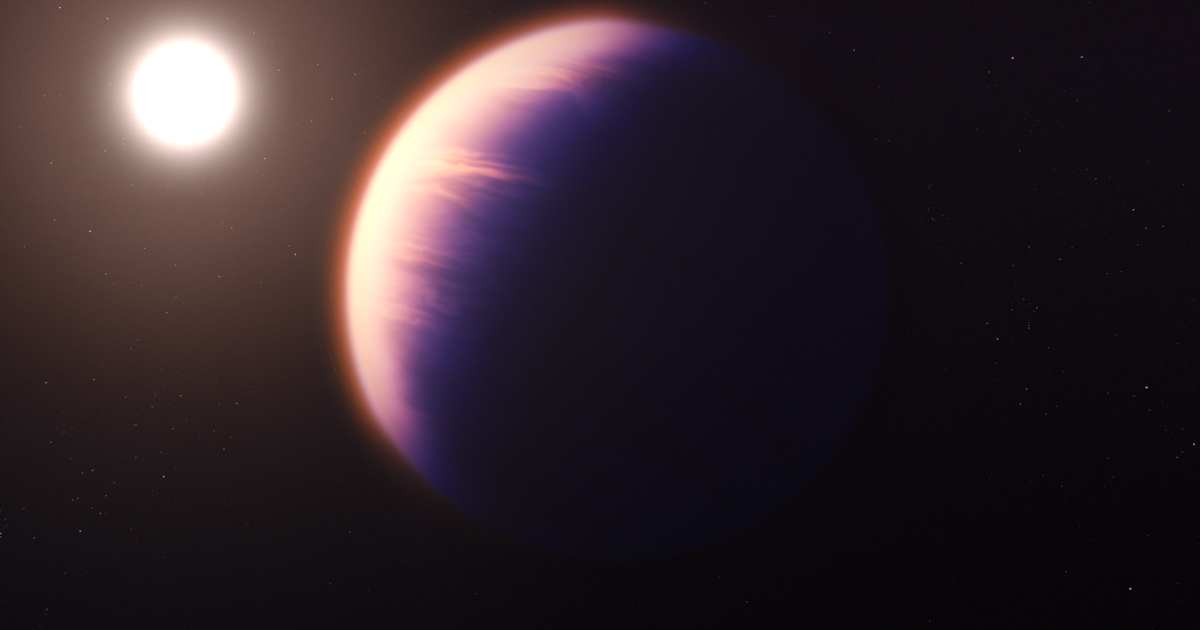NASA’s James Webb telescope made another great scientific discovery – it found traces of carbon dioxide on a planet outside the solar system.
Although this exoplanet will never be suitable for life, the successful discovery of CO2 gives scientists hope that similar observations can be made on planets closer to Earth, writes the France Presse agency.
“My first thought was: wow, we really have a chance to detect the atmospheres of Earth-sized planets,” Natalie Batalha, a professor at the University of California, Santa Cruz, and one of hundreds of researchers on the Webb project, wrote on Twitter.
A study of the exoplanet WASP-39, a hot gas giant orbiting a star 700 light-years away, will soon be published in the journal Nature.
“For me, it opens the door for future research into super-Earths or even Earth-sized planets,” said Pierre-Olivier Lagage, an astrophysicist at France’s Atomic Energy Commission (CEA). Super-Earths are planets larger than ours, but smaller than Neptune.
The discovery of carbon dioxide will also help scientists better understand how WASP-39 formed, NASA said.
This exoplanet orbits its star once every four days, has a mass of a quarter of Jupiter, but 1.3 times the diameter.
Its orbital frequency and large atmosphere made WASP-39 an ideal candidate for early tests of Webb’s NIRSpec infrared sensor.
The Hubble and Spitzer telescopes have already detected water vapor, sodium and potassium in the atmosphere of that exoplanet, but it was only with Webb that carbon dioxide was discovered.
“It was a special moment, an important frontier in exoplanet science was crossed,” Zafar Rusamkulov, a researcher at Johns Hopkins University, said in a NASA statement.
The $9 billion telescope, named after the director of NASA from 1961 to 1986, was launched late last year.
The project is led by NASA in partnership with the European and Canadian space agencies, and the telescope is 100 times more powerful than Hubble.
